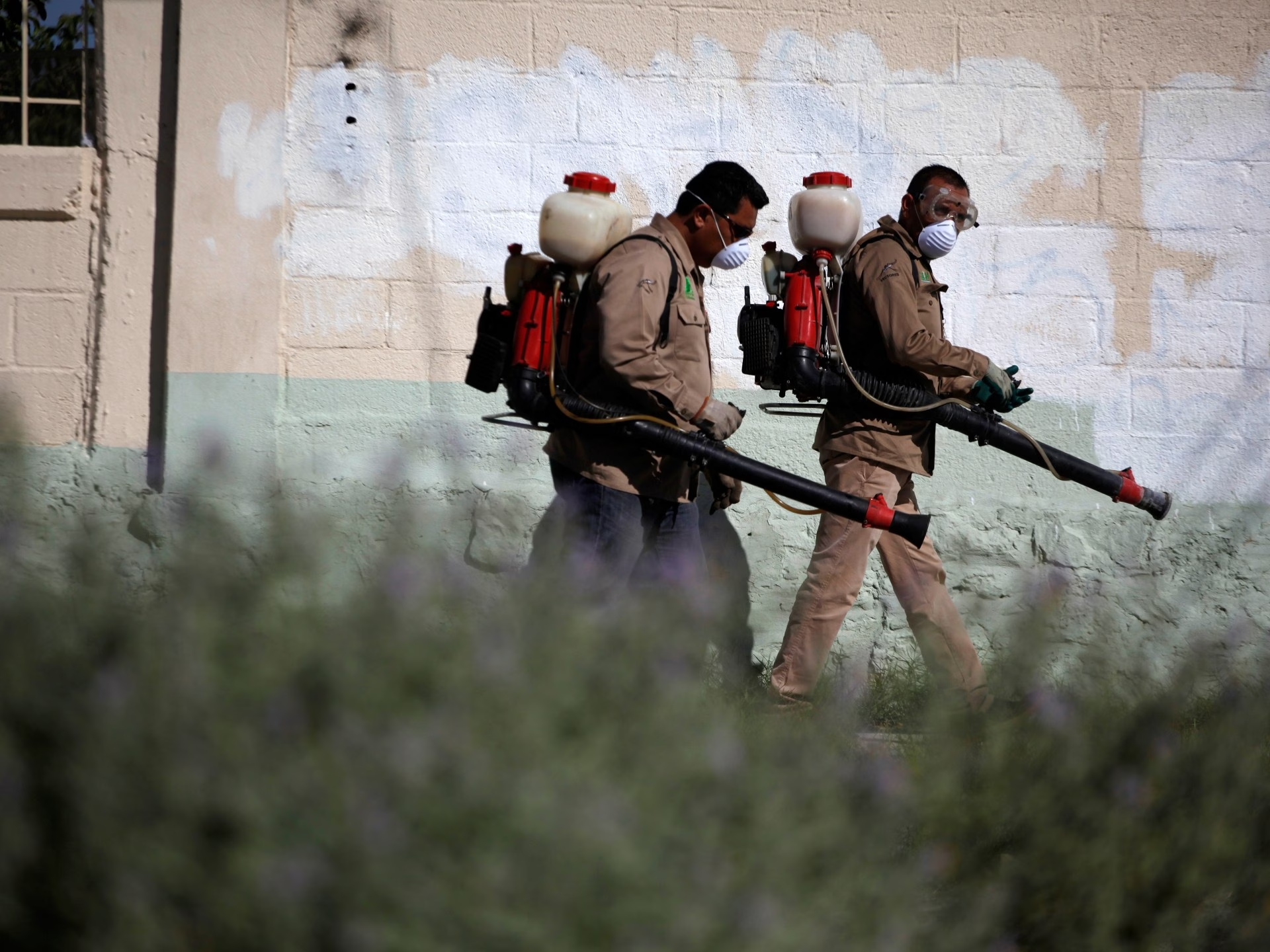United States health officials are advising travelers to stay vigilant due to a mosquito-borne virus spreading across regions in Asia, Africa, Europe, Latin America, and the Indian Ocean. From 2025, there have been around 240,000 chikungunya virus infections and 90 related deaths in 16 countries, according to the European Centre for Disease Prevention and Control (ECDC). In China, an outbreak has affected approximately 7,000 individuals since late June, with most cases occurring in the city of Foshan, located in Guangdong province, making this the largest chikungunya outbreak in the country since 2008.
Here’s what you need to know about the disease and its spread:
What is the chikungunya virus?
Chikungunya is a viral disease spread through infected Aedes aegypti mosquito bites. These mosquitoes also carry and spread dengue, yellow fever, and the Zika virus. The term “chikungunya” comes from the Kimakonde language in Tanzania and Mozambique, meaning “to become contorted,” which refers to the disease’s effects. In most cases, patients recover within a week, but joint pain can persist for months or years. There is no cure for the virus, but fatal outcomes are rare. Those most at risk for severe illness include newborns, older adults, and individuals with existing health issues like heart disease or diabetes.
How bad is the current spread of the virus?
The current surge of cases started in early 2025, with significant outbreaks in the Indian Ocean Islands, including La Reunion, Mayotte, and Mauritius. This outbreak is the most severe in the








